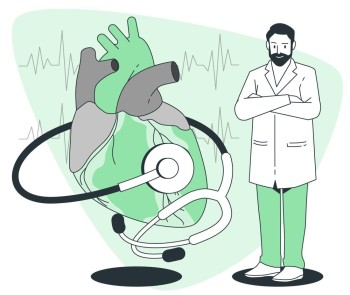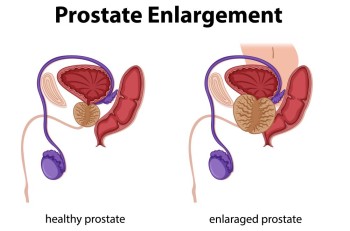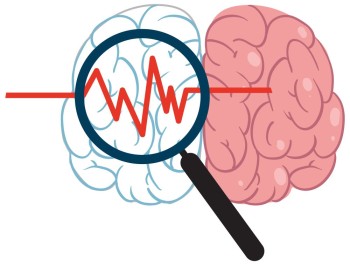
₹12,000
₹15,000
Magnetic Resonance Imaging (MRI) skeletogram is a specialized imaging technique that provides detailed insights into the skeletal system.
Category:
MRI Scan



